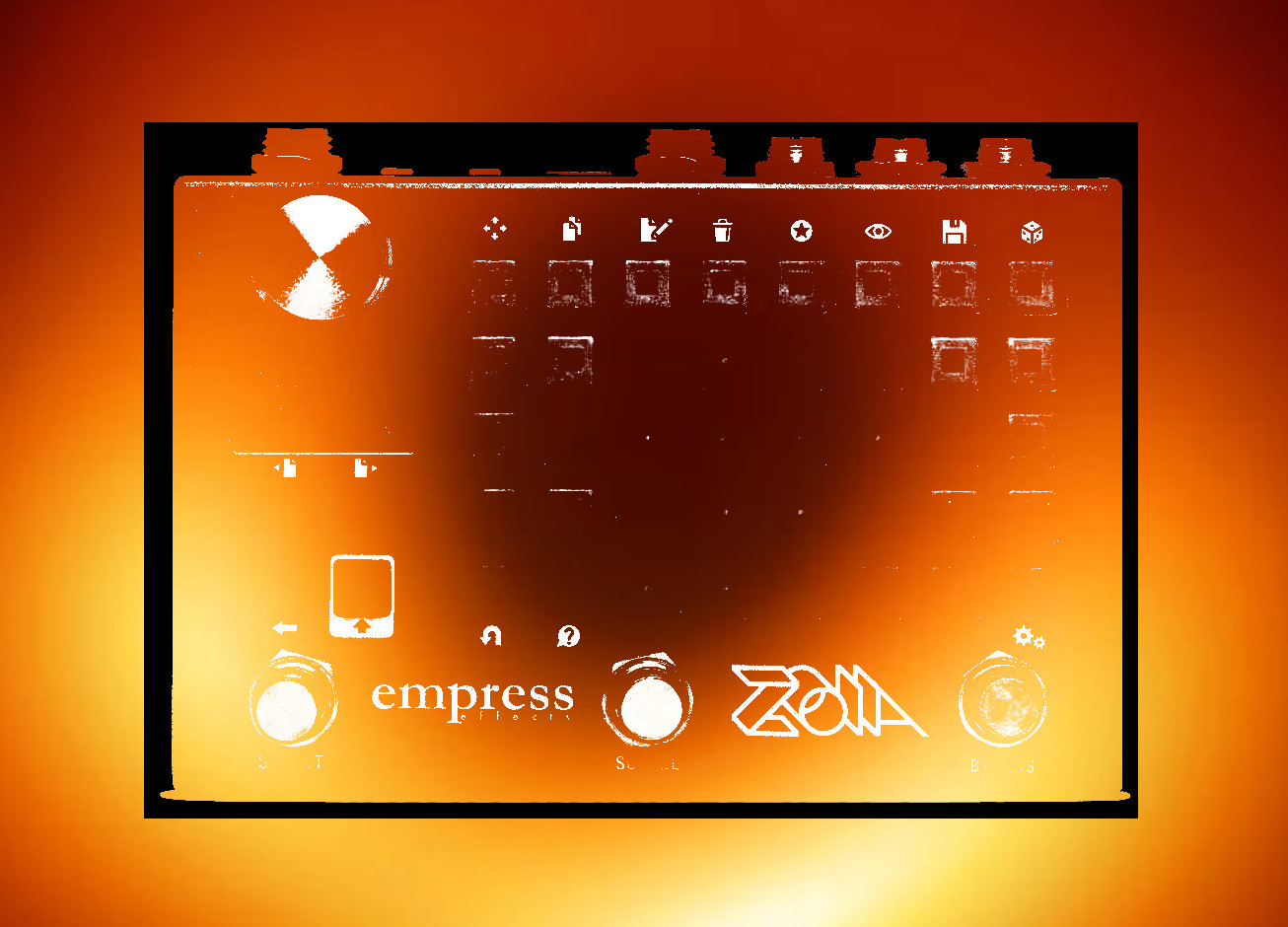So, like many, I get emails from Pladask on occasion, hoping they are to tell me my name has been pulled from the Fabrikat waiting list… The most recent one, though, informed me that the Romferd was back in stock. It was sold out by the time I checked. And then I saw a reseller putting it on Reverb for nearly twice the list.
Fuck that, I thought.
Here’s my take on it. It’s not an exact replica, but I think it captures some of the flavor of the Romferd. You can create intriguing, comb-filtered resonances, and fairly lovely modulated sounds, and godawful cacophonies. I’m not sure I’ve entirely nailed the S.mod feature, but the approach I took for it sounds pretty good to me.
But building that only took like 40% of the CPU, so I added a bunch of stuff, too. Oh, and it’s in stereo. (And the delay lines have been slightly offset to increase the sense of “stereo-ness”–nothing overboard there, just a slight sense of “space” that I think works well with the patch.)
Signal path is stereo throughout. The envelope follower (used for some dynamic controls) is taken from the left input.
Controls:
Footswitches:
Left, latching — turns the ghostverb on. The ghostverb follows the wet/dry mix for the Romferd section, so it effects the entire output for the patch.
Controls:
Along the left, in yellow are controls for the modulation.
Rate — rate
Sway — depth
Sway mod — … actually affects the rate. This control essentially feeds the modulator back on itself. It’s also somewhat influenced by playing dynamics. An interesting control, at extreme settings it produces ring-mod-esque tones.
In the center, in blue are delay controls.
Time — like the Romferd, time is relatively curtailed: the range is from 30 ms to 80 ms
Feedback — feedback for the delay. In different settings (particularly in conjunction with the tone control) this can lead to runaway oscillation. I’ve -mostly- tried to keep the oscillation in control with some more dynamic control, but there are still settings where it will start to scream. You’ve been warned.
Beneath these, in green, are controls that affect the sound of the delay.
Tone — this is a low-pass filter that sits in the feedback path. The original pedal has a fairly narrow range for tone control; I’ve expanded that somewhat. (The original pedal also has an internal trim pot for filter resonance… trying to implement that was painful. Let’s just say, in ZOIA, feeding a resonant filter back on itself gets gnarly fast.)
Bitcrush — there’s a bit crusher in the feedback path, too. It can go from inaudible to very subtle to not-very-subtle to quite loud, but I’ve tried to keep it check from reaching the point of horrifying feedback.
At the top of the right side, in white, is the mix control.
Mix — this is a mix for wet/dry that precedes the ghost verb.
Below this, in magenta, are controls for the ghostverb.
Decay and mix — pretty familiar. There’s also a light that comes on when the ghostverb is engaged. I starred the rate and resonance, but I left the controls buried in the patch; I think where I settled on is nice, but if you want to go poking, checked the starred parameters.
Sound clip:
0:00-2:03 — Increasing the time and sway (depth), then the feedback, and adding the sway mod, then bit crushing and adjusting the tone. Finally, ghost verb is added to the mix. I went for some extreme settings, but it can produce a pretty wide variety of sounds.


